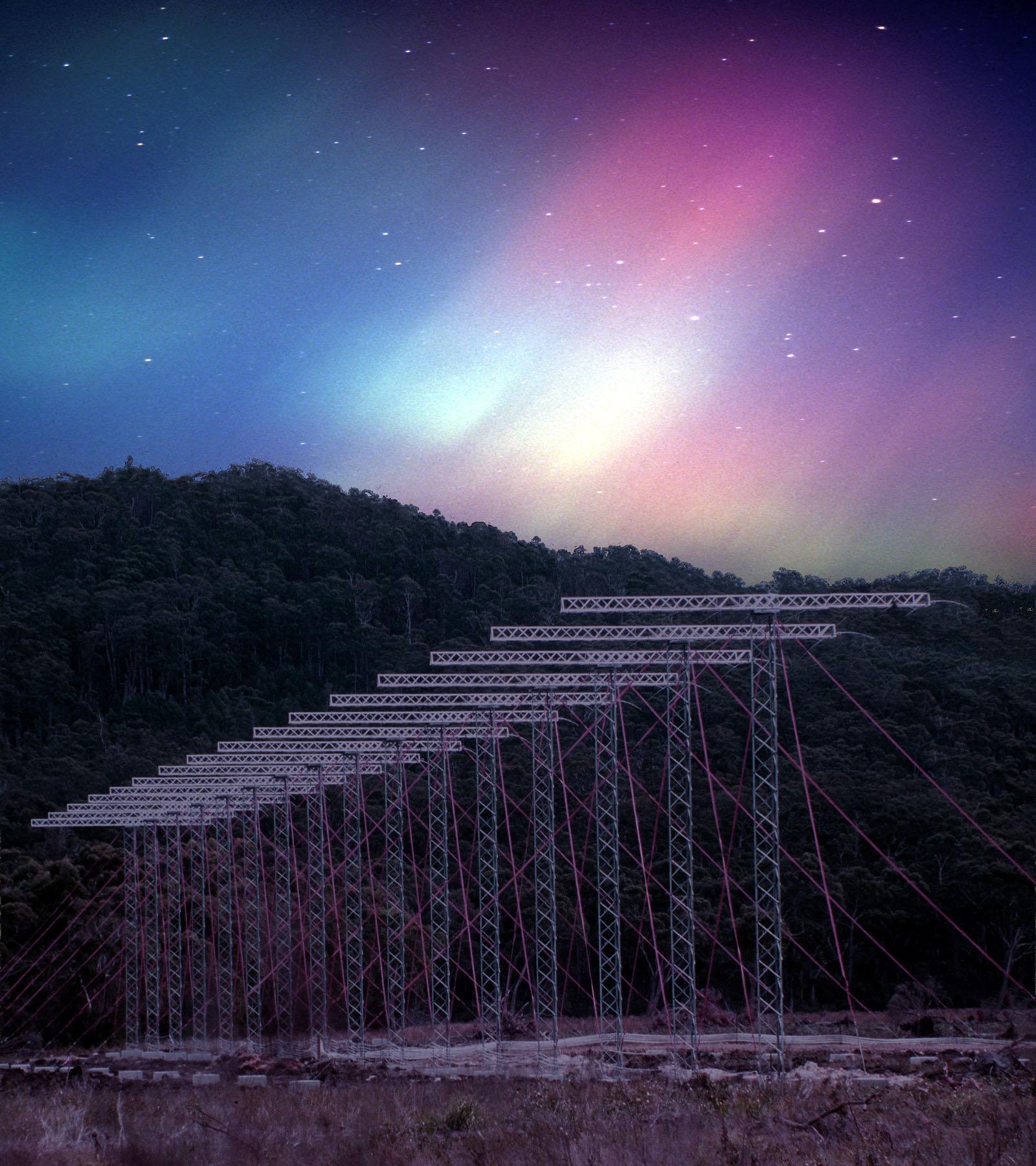Press Release
APL Part of International Team Expanding Space Weather Radar Network
Wed, 07/08/2009 - 09:00
Space weather researchers at The Johns Hopkins University Applied Physics Laboratory (APL), in Laurel, Md., are helping expand a global radar network used to study electrical disturbances in our atmosphere that can create auroral displays or disrupt communications, knock out electrical power grids, damage satellites or even affect astronauts. The Super Dual Auroral Radar Network, or SuperDARN, expansion project, scheduled for completion in 2012, will add an array of mid-latitude radars to capture data on drifting plasmas in our ionosphere that radars at high-latitude locations miss when strong solar storms stretch to lower latitudes.
The SuperDARN network currently consists of 21 radar sites in eight countries and Antarctica, with 14 northern sites stretching from Finland, through Canada, to Japan that monitor the ionosphere above the North Pole, and seven southern sites arrayed around and in Antarctica that observe events above the South Pole. Four new radar pairs will be built — one pair per year — in Kansas, Oregon, the Aleutian Islands, and the Azores.
“With expanded radar coverage stretching from Eastern Asia to Europe and from Kansas to the magnetic north pole, we will better understand the near-Earth space environment, which will help us better understand and predict the effects of solar storms on space- and ground-based systems,” says Elsayed Talaat, APL’s SuperDARN principal investigator and science lead. The SuperDARN project began at APL and the mid-latitude expansion is a collaborative effort between Virginia Tech, the University of Alaska Fairbanks, Dartmouth College and APL.


